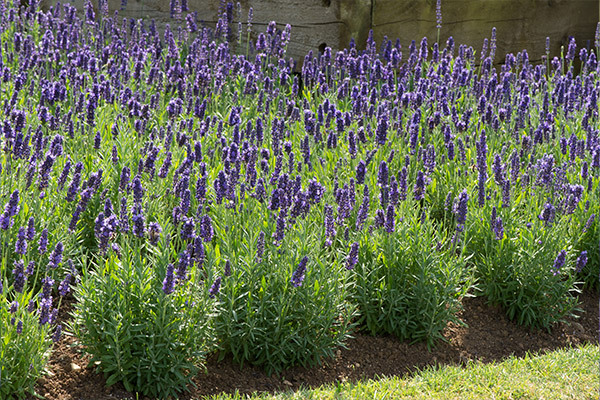
What We've Included
When to Plant | How to Plant | Where to Plant | When to Water | Deadheading | Overwintering | Propagating | Common Issues & How to Solve Them | When do they Flower?
When to Plant
Lavender can be planted in spring or autumn, when the soil has warmed up after winter.

How to Plant
Planting Pot-Grown Plants/Modules
Our pot-grown plants are incredibly easy to plant and grow. Whether you’re growing them directly outside into the border or into a container, our pot-grown plants are a breeze from the moment they arrive.
- Dig a hole in the border that’s big enough to house the root system. If planting in pots, fill a large pot halfway with potting soil and then make a well in the middle. Do this until the top of the soil from the plant is just below the top of the pot.
- Wedge in the plant by adding soil to the gaps in the hole, firming down the surface to ensure it’s in place.
- Water well and you’re done!
Plug plants differ slightly, as they’ll be too tender to grow directly outside. Keep them inside or in a greenhouse and grow them on into individual pots when they’re large enough to handle. One the threat of frost has passed, acclimatise them over 7-10 days to outdoor conditions.
Where to Plant
Lavender prefers a front-row seat to sunlight, so make sure they’re in a sunny spot in the garden. Avoid planting somewhere shaded or damp, or they won’t last very long. However, they will thrive in poor soil.
Grow them in beds, along pathways, or in a container of your choice. As long as their soil is well-drained and they get plenty of sunshine, they don’t mind too much where they’re sat.

When to Water
Newly planted lavender needs to be watered regularly through their first season.
However, once they’ve established, they will be drought tolerant and won’t need as much water as they did in their first year (unless there’s a drought).
Deadheading
You can deadhead spent flowers to encourage a new flush. You can also leave them to their own devices after their flowering season as their seeds feed the birds.
Overwintering
Whether you can or cannot leave your lavender outside over winter solely depends on the variety you’re growing. Double-check their label or online beforehand to see if it’s frost hardy. English lavender is a great example of a frost-hardy lavender.
If you’re concerned that your chosen variety might not make it through the winter, consider growing them in containers. Then you could just move them somewhere more sheltered when cold weather hits – preferably at the base of a wall or in a greenhouse/cold frame.

Propagating Lavender
Lavender is easy to propagate, whether it’s done by taking softwood cuttings (in early to late summer), or by hardwood cuttings in late autumn, once the plant has finished blooming. From hardwood cuttings, ensure you’re taking from new growth from that season.
Common Issues & How to Solve Them
Lavender is fairly pest and trouble-free. However, if they’re grown somewhere wet and boggy, their roots are likely to rot. You can mitigate this by growing your lavender in containers or raised beds.
Lavender is very rarely bothered by pests, but if they are, it tends only to cause cosmetic damage and interference isn’t necessary.
This can include:
- Cuckoo spit
- Rosemary beetle
- Xylella
- Sage and ligurian leafhopper
When does Lavender Flower?
Lavender typically flowers from July to September, lasting into early autumn. This may vary, depending on the variety – so double-check before planting so you know when you can expect your lavender to bloom.

